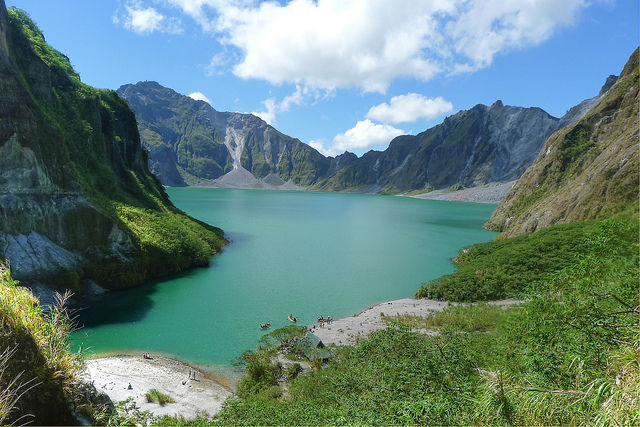Can Geoengineering Save Us from Climate Change?

It’s been happening for decades and we’ve been warned about it for years – the climate is slowly shifting towards a dangerous pattern, and humans are the prime suspects. The methane resulting from the increasing demand for livestock, the nitrous oxide arising from agricultural processes, and the ever-dreaded carbon dioxide emitted by factories, cars and power stations have all been found to contribute to rising temperatures. As a result, one of the main strategies behind climate change awareness initiatives is mitigation, which focuses on reducing fossil fuel usage by convincing large companies to switch to greener technologies and by motivating individuals to change their deeply ingrained usage behaviours. Another way of dealing with climate change is adaptation, which involves making the environment less vulnerable to global warming and directing new behaviours and developments in such a way that these vulnerabilities are taken into account.
As widespread as these initiatives have become, it is has proven challenging to change corporate and individual attitudes and behaviours to an observable extent. This has made many bright minds wonder if there is perhaps a different way to tackle the global warming issue. What if we could manipulate the environment using our decades-long experience in technology and engineering innovation? This is precisely the foundation of geoengineering.
Geoengineering, also known as climate engineering, focuses on either the removal of carbon dioxide or on the management of solar radiation by directly manipulating the natural environment through engineering. One iconic example is the Stratospheric Shield, the brainchild of the private company Intellectual Ventures. This invention is inspired by the eruption of Mount Pinatubo in the Philippines in 1991, which propelled a great quantity of sulfur dioxide into the atmosphere. This sulfur dioxide reflected the majority of the incoming sunlight back into space, cooling the average temperature of the planet in the process1. The Stratospheric Shield is an inexpensive device which is capable of mimicking this cooling effect. The device is essentially a long hose rising to the sky which pumps liquid sulfur dioxide at an altitude of 30 km, which is then dispersed as an aerosol into the atmosphere2.
Despite the cleverness of geoengineering, one frequently encountered counterargument is that geoengineering alone is not a sustainable solution in the long term, as it does nothing to reduce the amount of greenhouse gases pumped into the atmosphere and can often have negative side effects on the environment. At most, it can support mitigation and adaptation efforts or be thought of as a last resort, should all other solutions fail. The rationale behind this is that a world in which we rely solely on geoengineering can easily become a world which becomes complacent and perpetuates a destructive behaviour, a world which overuses these smart fixes to the point where they themselves become unsustainable. For the moment, the safest way to fight climate change remains adapting our attitudes and habits.
Edited by Debbie Nicol
References
- Robock A. PINATUBO ERUPTION: The Climatic Aftermath. Science. 2002;295(5558):1242-1244.
- [Internet]. 2015 [cited 13 August 2015]. Available to read here










